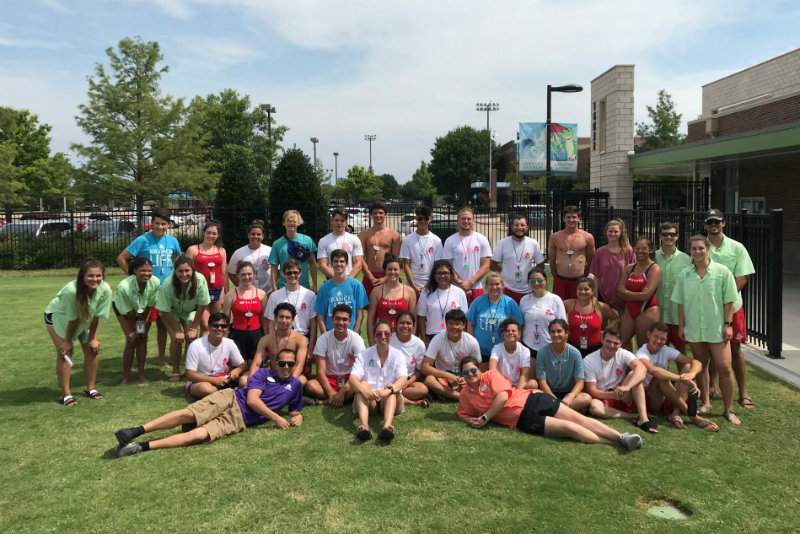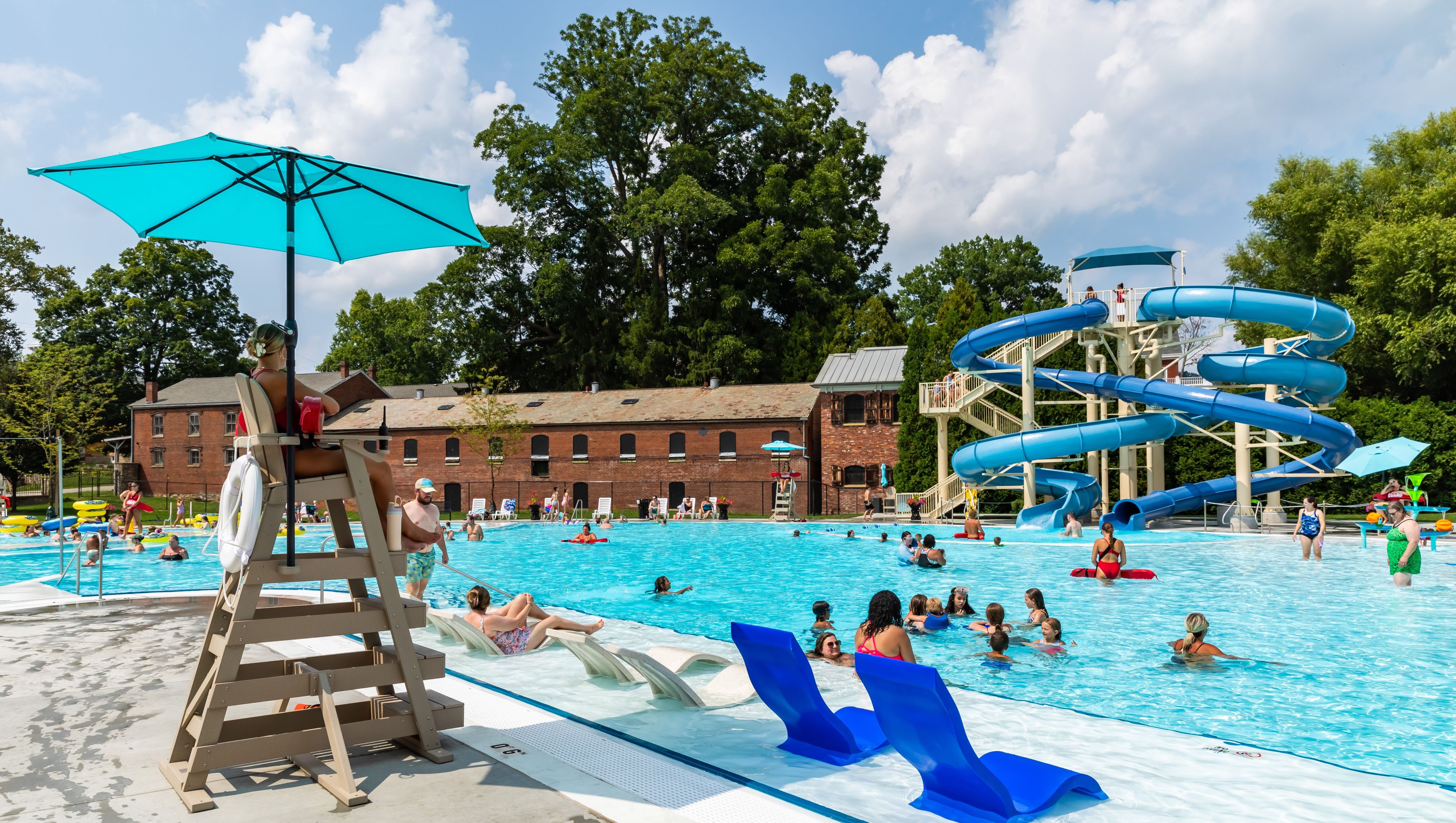When you log into Instagram and look up #fbh2o, you’ll see a powerful recruitment tool.
For the past two seasons, Farmers Branch Aquatics Center has effectively used social media to showcase the organization’s culture, training and camaraderie as a way to keep applications coming in.
The facility has more than 1,000 followers. While many are frequent guests, Aquatics Supervisor Paul Macias sees them as potential applicants.
Farmers Branch Aquatics Center recently closed out the season with more than 40 lifeguards overseeing its indoor and outdoor pools. Many are high-school students who became interested in working as lifeguards and instructors after seeing the facility’s fun content online. Its Instagram account features profiles on staff members, shout-outs to winners of local lifeguarding competitions, videos of in-service trainings and contests. Posts invite followers to guess the number of loungers in the lagoon or the total number of stairs in the facility for chances to win water bottles, backpacks and other prizes. Photos are jazzed up with filters, flashy fonts and graphics.
The decision to promote Farmers Branch Aquatics Center as an employer came after a severe staffing shortage in 2016, during which managers were forced to close certain attractions. Macias didn’t want a repeat of that in 2017.
“We thought the best way to reach potential employees was through social media,” he says.
At first, he experimented with paid advertisements on Facebook, but that missed the target.
“In working with teenagers, we learned Facebook is for their parents,” Macias says.
He made the switch to Instagram, promoting staff members as the Frog Squad and using the hashtag #fbh2o. When recruiting at high school job fairs, Macias would encourage students to follow them on Instagram, gradually building a loyal following.
Making the grade
While that piqued their interest, Macias and team encountered a dilemma: Many potential applicants weren’t exactly strong swimmers and didn’t know if they’d pass the Red Cross prerequisites to become certified guards.
“A lot of them knew how to swim. They were just a little intimidated,” Macias says.
So, he created a workaround: Those who didn’t make the cut were invited to use the pool for free training.
Lifeguards, during their breaks, provide tips and advice. Macias estimates about 40% initially failed, but aced it later.
“We had a lot of kids coming after school to practice,” he says. “That shows dedication right off the bat and a willingness to learn.”



